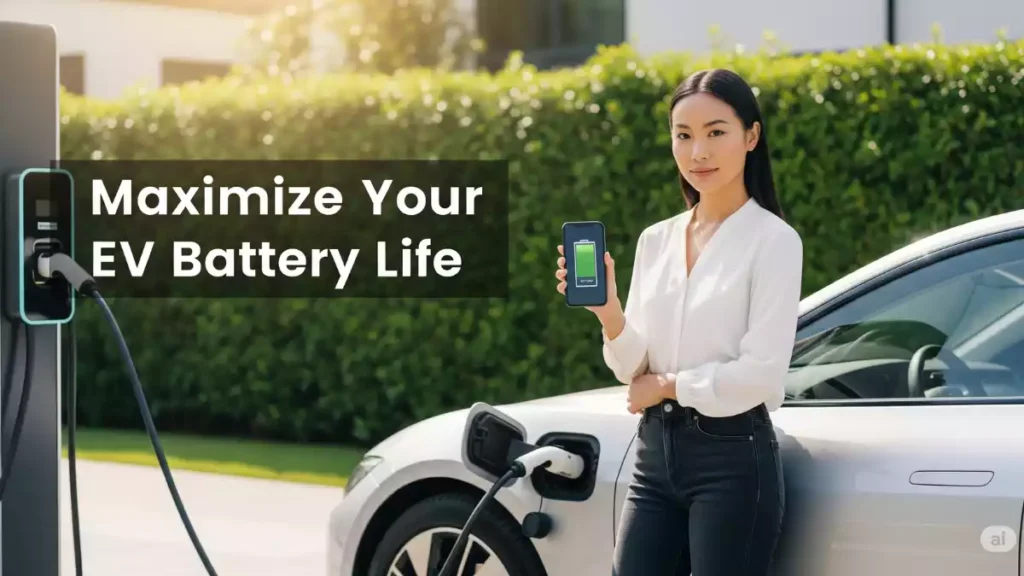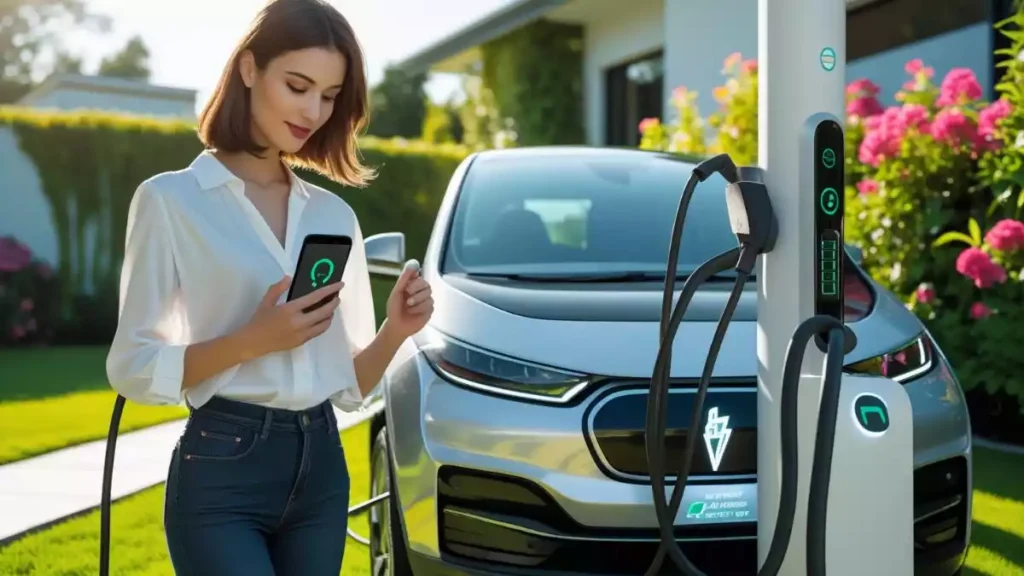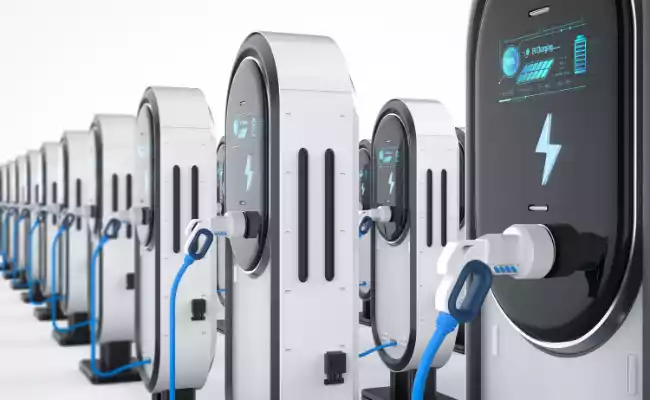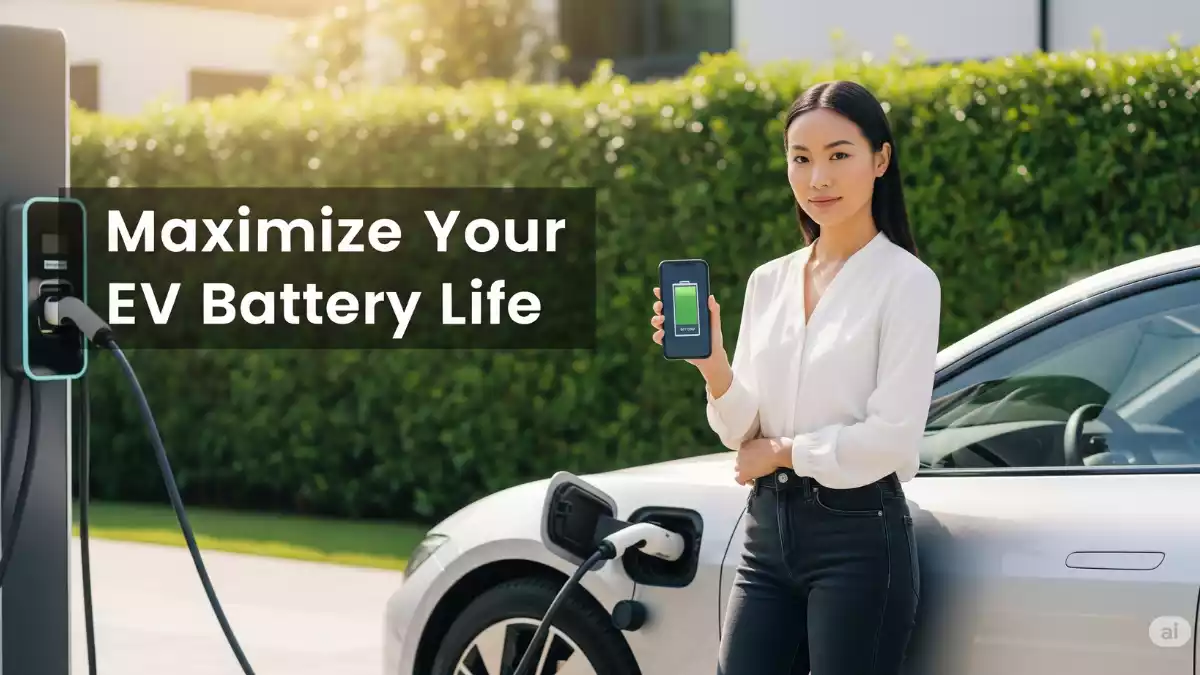Learn how to maximize your EV battery life with practical tips and tricks. Discover expert advice on EV battery maintenance, charging habits, and environmental care.

Electric vehicles (EVs) are transforming the way we travel, offering a cleaner and more sustainable alternative to traditional gas-powered cars. One of the most important—and expensive—components of any EV is its battery. Ensuring your battery lasts as long as possible is crucial for maintaining performance and minimizing long-term costs.
In this article, we’ll explore practical, science-backed strategies to maximize your EV battery life. Whether you’re a new EV owner or an experienced driver, these tips will help you protect your battery and get the most out of every charge.
Avoid Full and Empty Charges
Just like with smartphone batteries, EV batteries degrade faster when charged to 100% or allowed to drop to 0%. Keeping your battery charge between 20% and 80% is ideal for daily use. Many EVs allow you to set a custom charging limit—use this feature to avoid overcharging.
Pro Tip: Charge to 100% only before a long trip and unplug as soon as it reaches full charge.
Use Level 2 Charging for Daily Use
Fast chargers (DC fast charging) are convenient but can generate more heat and stress on your battery, especially if used frequently. For daily home charging, use Level 1 or Level 2 chargers which are gentler and help extend battery health.

When to Use Fast Charging:
- Long road trips
- Emergencies
- Occasional top-ups when in a hurry
Not sure what your charging is really costing you?
Use our EV Charging Cost Calculator to estimate and compare charging expenses for Level 1, Level 2, and DC fast charging.
Mind the Temperature Your EV Battery
EV batteries are sensitive to extreme temperatures. In very hot or cold weather, battery performance can degrade, and charging times may increase.
How to protect your EV battery from temperature damage:
- Park in shaded or covered areas during hot weather
- Use a garage during cold months to maintain a stable temperature
- Precondition your battery before driving in extreme weather (most EVs support this feature)
Use Regenerative Braking Wisely
Regenerative braking recaptures energy and sends it back to your battery. While this is a great feature, overly aggressive regenerative braking can overheat the battery or put undue stress on certain components.
Pro Tip: Adjust regen braking settings based on driving conditions and personal preference. Smooth driving helps more than hard regen.
Drive Smoothly and Avoid Hard Acceleration
Rapid acceleration and hard braking consume more power and generate more heat, both of which can reduce battery lifespan over time.
Smart Driving Habits to Extend Battery Life:
- Accelerate gradually
- Maintain steady speeds
- Use eco-driving modes when available
Do Not Leave Your EV Idle with a Full or Empty Battery
Storing your EV for long periods? Make sure the battery is around 50% charged. Leaving it fully charged or completely empty can cause long-term degradation.

Pro Tip: Check on your EV periodically if it’s not in regular use.
Bonus Tool: Curious about how your driving behavior affects the planet? Try our EV Carbon Footprint Calculator to see your real-time emissions savings and drive smarter!
Update Your EV Software
Manufacturers often release firmware updates to improve battery management, charging efficiency, and thermal control.
Why it matters:
- Updates can reduce energy loss
- They optimize charging patterns
- They may introduce new battery protection features
Use the Manufacturer’s Mobile App for Insights
Most EV brands offer mobile apps that:
- Track battery health
- Suggest optimal charging times
- Notify you when charging is complete
Stay connected to your EV’s needs and habits through these tools.
Watch for Battery Warnings and Alerts
Ignoring dashboard warnings about battery temperature, charging issues, or system updates can cause damage over time. Always follow your EV’s guidance and consult your service center if needed.
Schedule Regular Battery Health Checks
Just like oil changes for gas vehicles, battery health checks are vital. Ask your EV service center to run diagnostics at least once a year to catch early signs of battery wear or imbalance.
Pro Tips: Seasonal Considerations
Winter Care
- Precondition while plugged in
- Park in garages when possible
- Expect 10-30% range reduction
- Use seat heaters instead of cabin heat
Summer Care
- Park in shade or use sunshades
- Charge during cooler hours
- Pre-cool while still connected
- Avoid parking in direct sunlight
Keep Charge Between 20%–80%
Avoid fully charging or draining the battery to extend its long-term health.
Prefer Slow Charging
Use Level 2 charging daily to reduce stress on the battery compared to fast charging.
Park in Cool Areas
Protect your EV from heat by parking in shaded or indoor spots whenever possible.
Drive Gently
Moderate driving behavior minimizes battery load and increases efficiency.
Update Firmware
Always install the latest EV software updates for optimized battery performance.
Summary Table: How to Maximize Your EV Battery Life
| Tip | Description |
|---|---|
| Avoid Full and Empty Charging | Keep your battery level between 20%–80% to reduce stress. Charge to 100% only before long trips. |
| Use Level 2 Charging for Daily Use | Prefer Level 2 home charging for regular use. Use fast chargers sparingly. |
| Protect Against Extreme Temperatures | In hot or cold weather, park indoors and precondition the battery before driving. |
| Drive Smoothly | Avoid aggressive acceleration or braking. Use eco mode and steady driving habits. |
| Use Regenerative Braking Wisely | Set regenerative braking to a moderate level to balance energy recovery and battery heat. |
| Don’t Leave Battery Full or Empty for Long | For extended parking, keep your charge at around 50%. |
| Update EV Software Regularly | New firmware updates can improve battery performance and safety. |
| Use the EV Mobile App | Monitor charging and battery health with the official app from your car manufacturer. |
| Pay Attention to Battery Alerts | Don’t ignore dashboard warnings—address issues early to avoid long-term damage. |
| Schedule Annual Battery Health Checks | Visit the service center yearly for a battery diagnostic report to monitor degradation. |
Taking care of your EV battery is not only about protecting your investment—it’s also about improving your vehicle’s performance and contributing to a more sustainable world. By following these simple yet effective tips, you can maximize your EV battery life and enjoy worry-free electric driving for years to come.
FAQ:
Q: Should I charge my EV to 100% every night?
No, it’s generally not recommended to charge to 100% regularly. For daily use, keeping your battery between 20% and 80% charge will help extend its lifespan. Only charge to 100% before long trips when you need the full range.
Q: How often should I use DC fast charging?
DC fast charging generates more heat and stress on the battery than slower charging methods. It’s best to use it primarily for long trips and rely on Level 1 or Level 2 charging for daily use.
Occasional DC fast charging won’t significantly impact battery life, but frequent use could accelerate degradation over time.
Q: How much range will I lose in cold weather?
In very cold weather (below freezing), you can expect a temporary range reduction of 10-30% depending on the temperature and vehicle model. This happens because the battery’s chemical reactions slow down in cold temperatures and energy is diverted to heating the cabin and sometimes the battery itself.
Q: Is it bad to leave my EV plugged in for several days?
Modern EVs have advanced battery management systems that prevent overcharging. It’s generally fine to leave your EV plugged in, especially if you have set a charge limit of 80% or less.
In fact, for extended periods of non-use (more than a few days), keeping the vehicle plugged in allows the battery management system to maintain optimal battery health.

